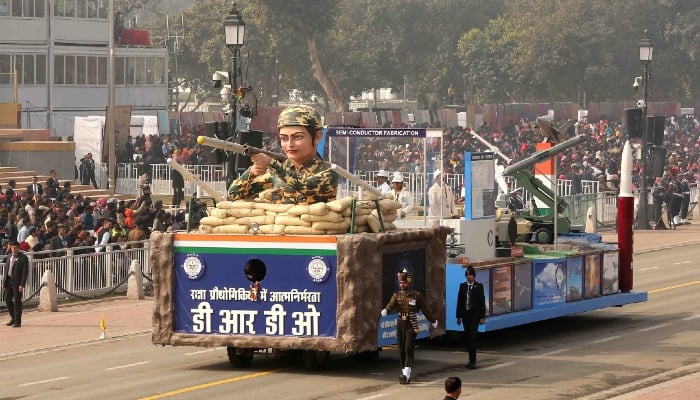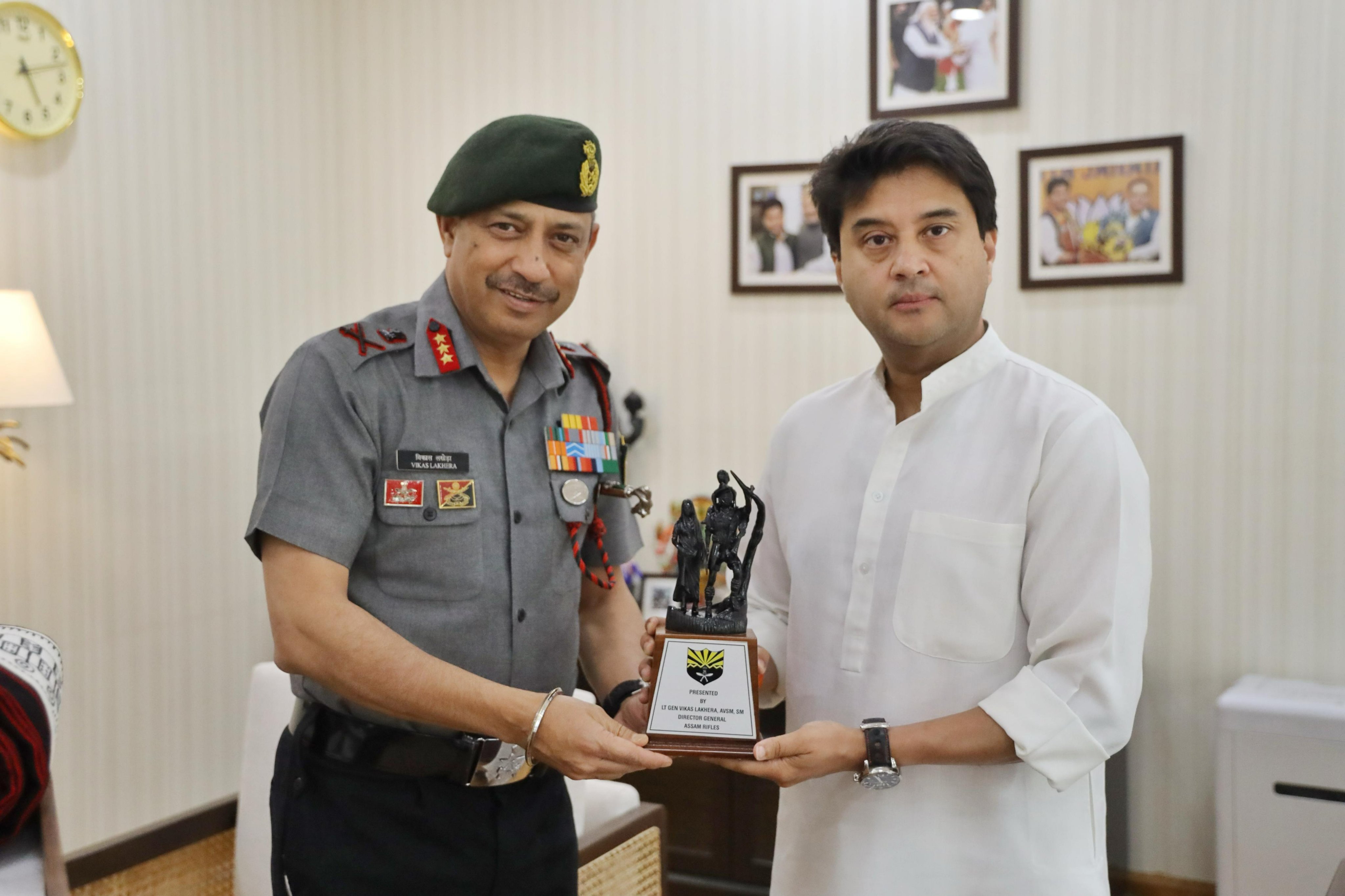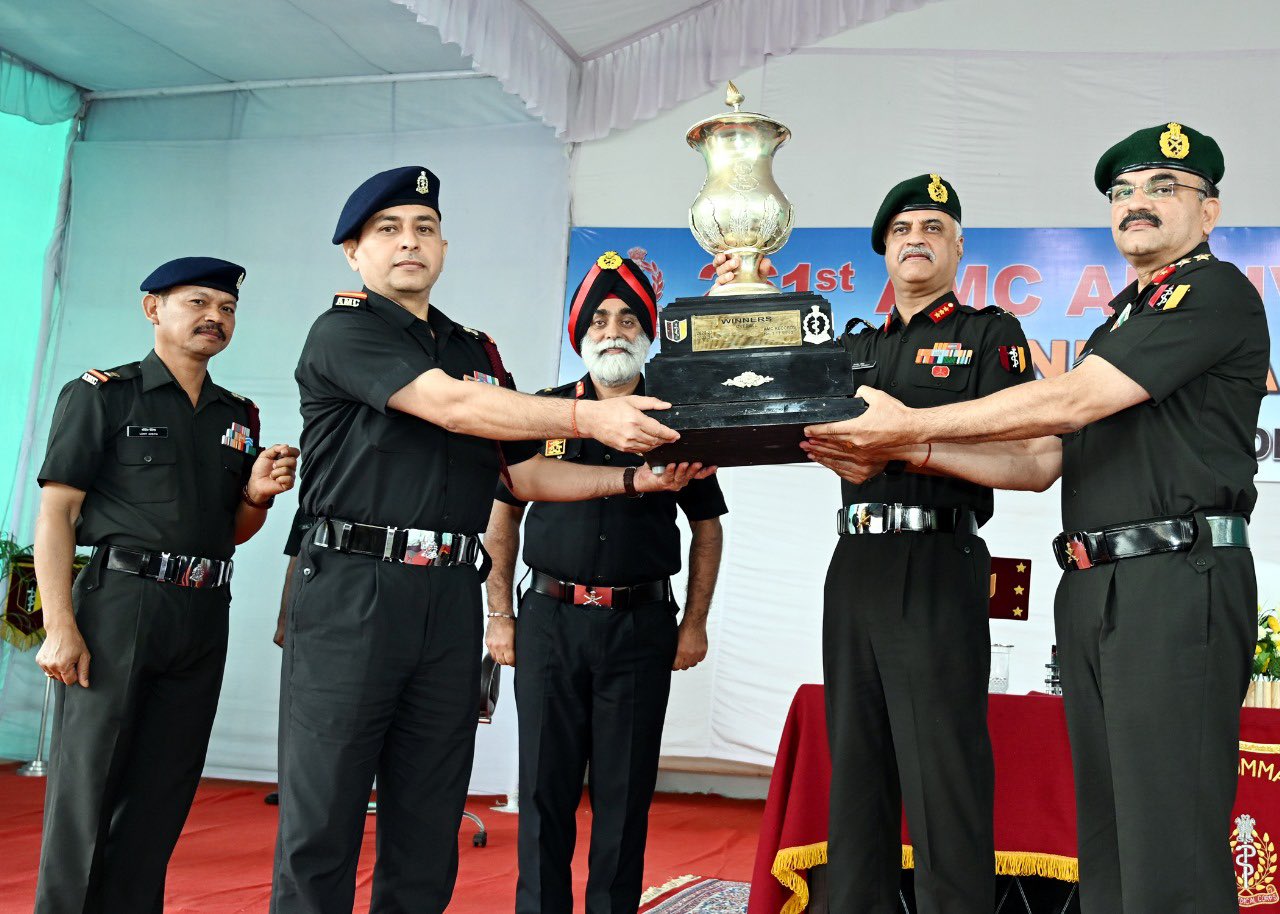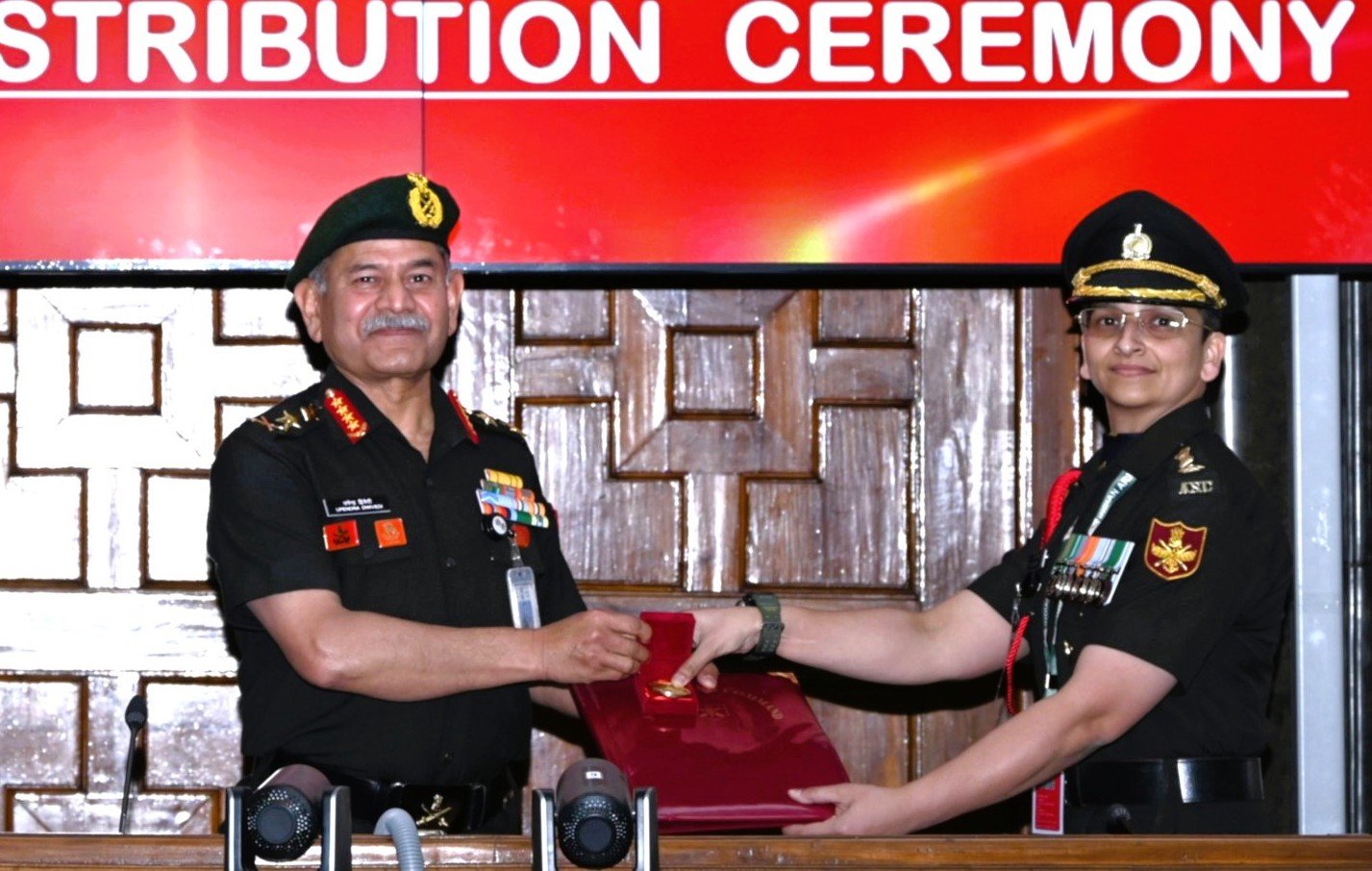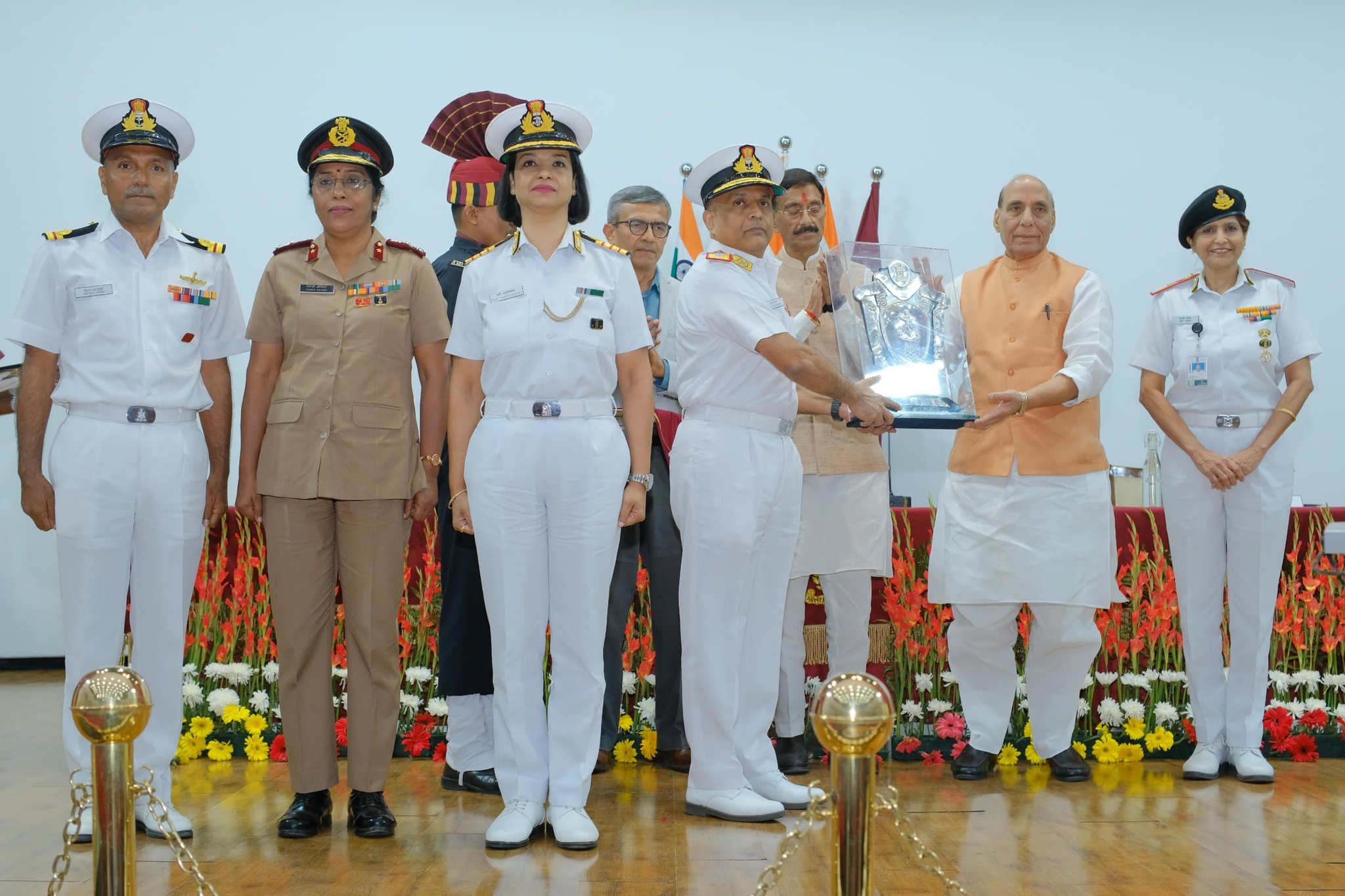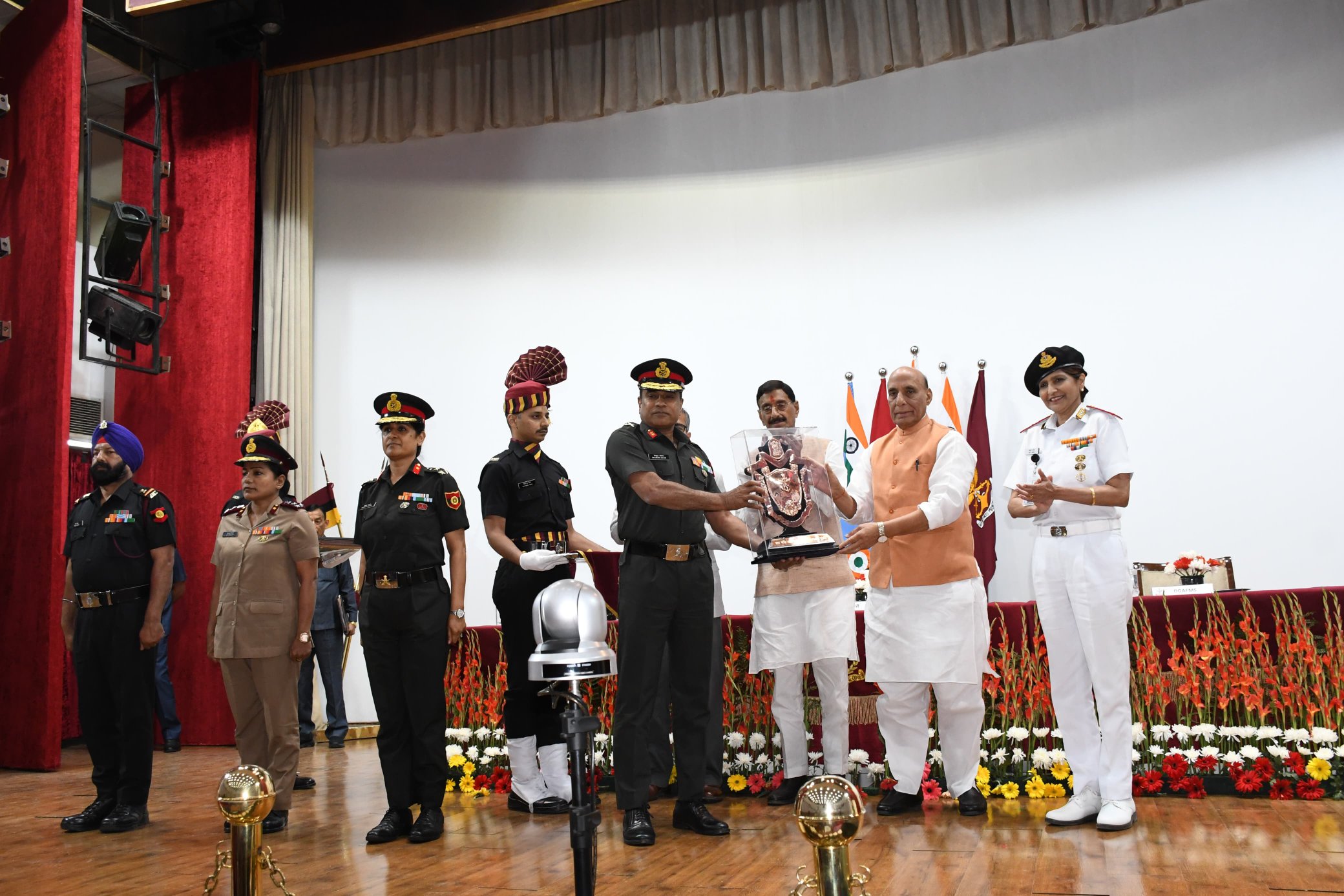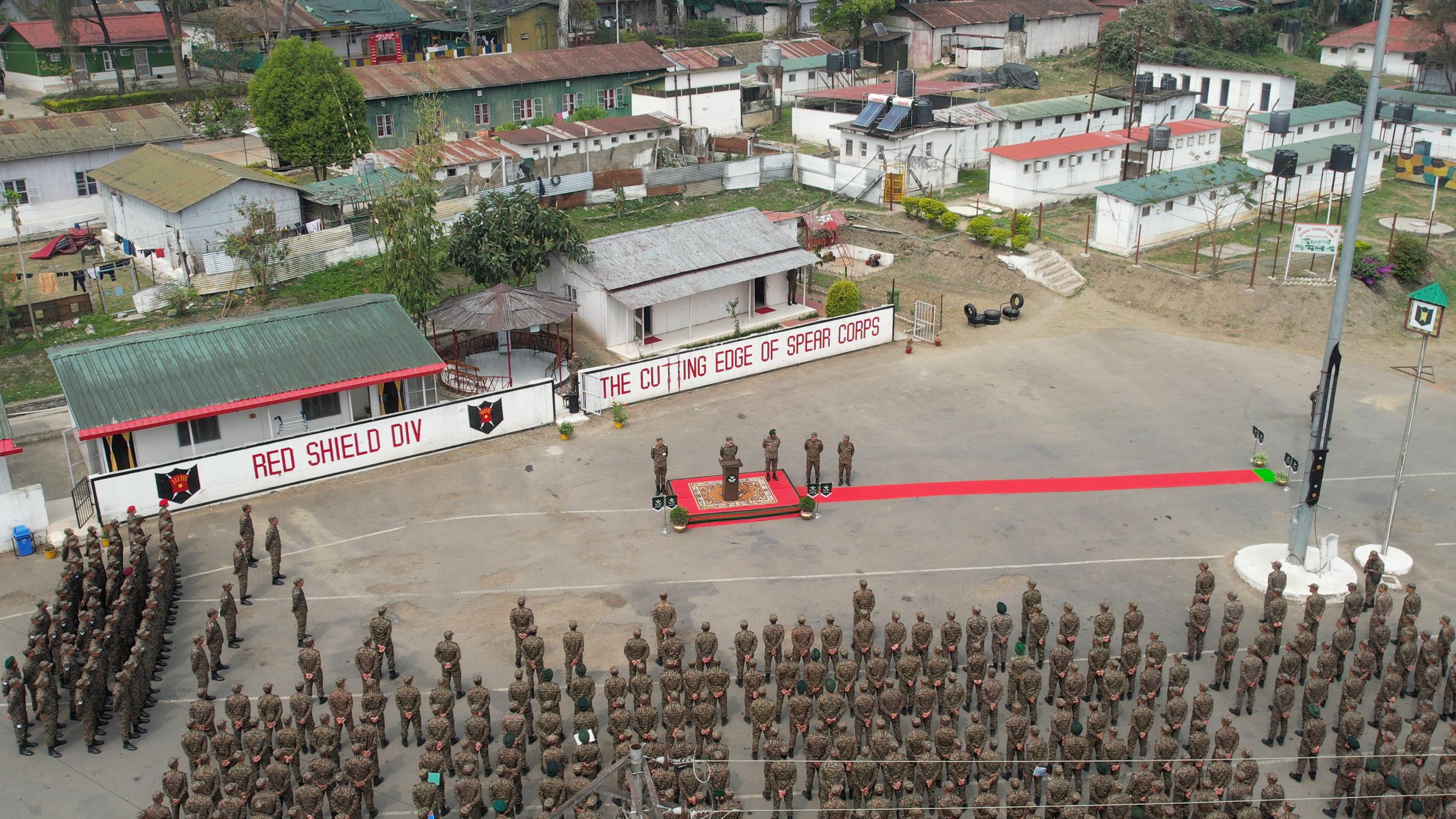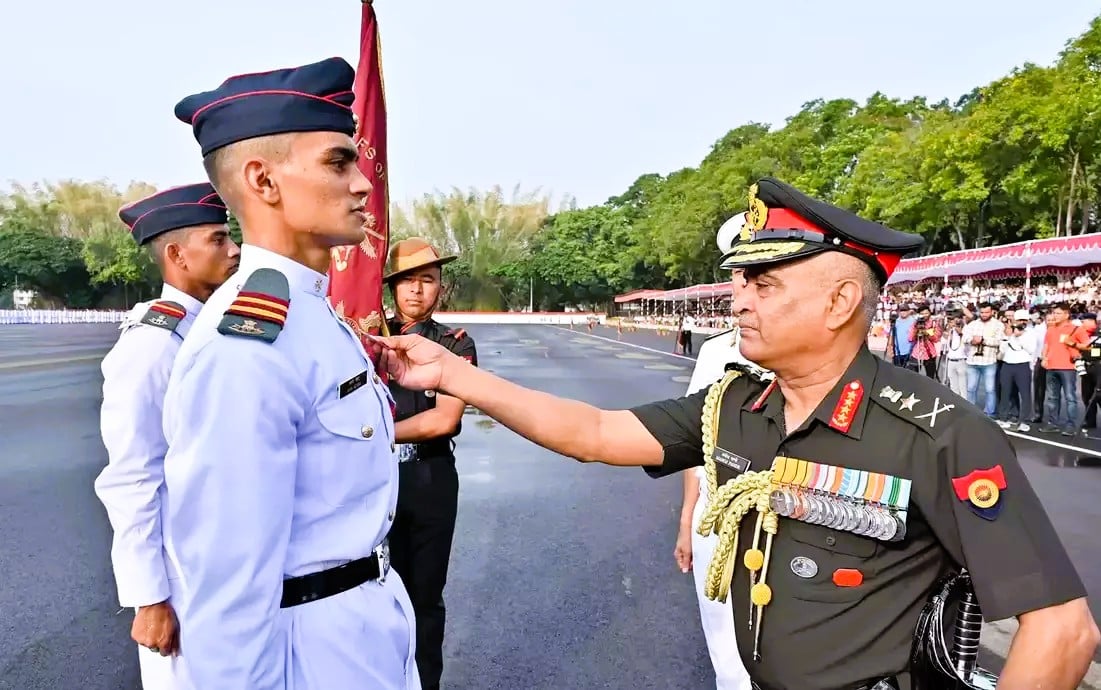In a race to secure their skies against missile and drone threats, military powers worldwide are investing heavily in the development of advanced laser weapon systems. From global giants like the United States and China to nations including Turkey, Iran, and Pakistan, efforts are underway to create laser technologies capable of neutralizing airborne threats with unprecedented precision.
Among the contenders in this high-stakes race is India, whose Defence Research and Development Organisation (DRDO) has reportedly been engaged in the development of laser weapon systems for over two decades. Recent reports suggest that India has made significant strides in testing a prototype capable of destroying ballistic missiles, marking a potential game-changer in the country’s defence capabilities.
While Indian defense authorities have remained tight-lipped about the program, speculation surrounding its progress first emerged within US strategic circles. Despite initial expectations for a prototype test in 2023 going unmet, scientists are said to be diligently working towards testing the laser weapon system in the first half of the current year.
Dubbed DURGA-2 (Directionally Unrestricted Ray Gun Array), the Indian laser weapon holds the promise of altering the dynamics of modern warfare. Directed energy weapons like DURGA-2 operate by focusing energy, whether laser, microwave, or particle beams, to disable or destroy targets.
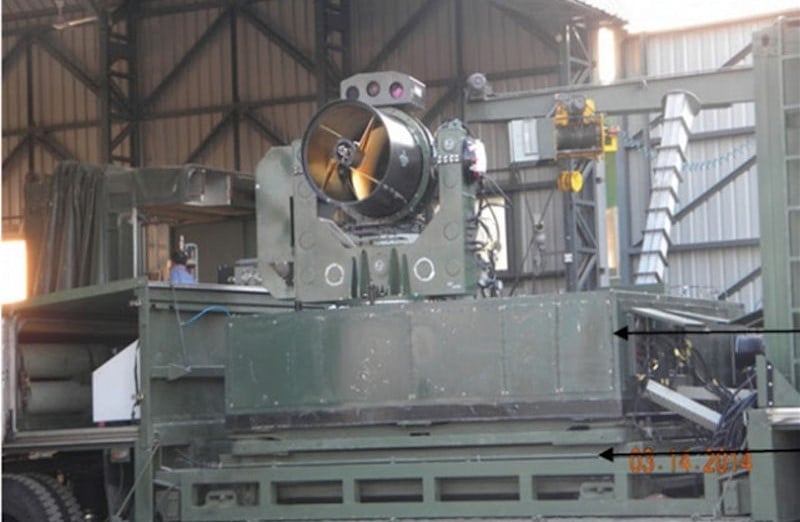
Such technology could provide a 100 percent kill probability against incoming threats, offering unparalleled protection to vital defence infrastructure.
The urgency driving India’s pursuit of laser weapon systems stems from the perceived threat posed by neighboring adversaries, particularly China and Pakistan. While India has invested in anti-missile systems like the Russian S-400, the laser weapon’s potential to intercept and neutralize a broader range of threats presents a compelling strategic advantage.
Reports indicate that the Laser Science and Technology Centre (LSTC) in New Delhi is spearheading India’s laser weapon development efforts.
With a budget of $100 million allocated by the government, the LSTC is focused on refining laser generation techniques, including solid-state, fiber, and chemical lasers, for both defensive and offensive applications.
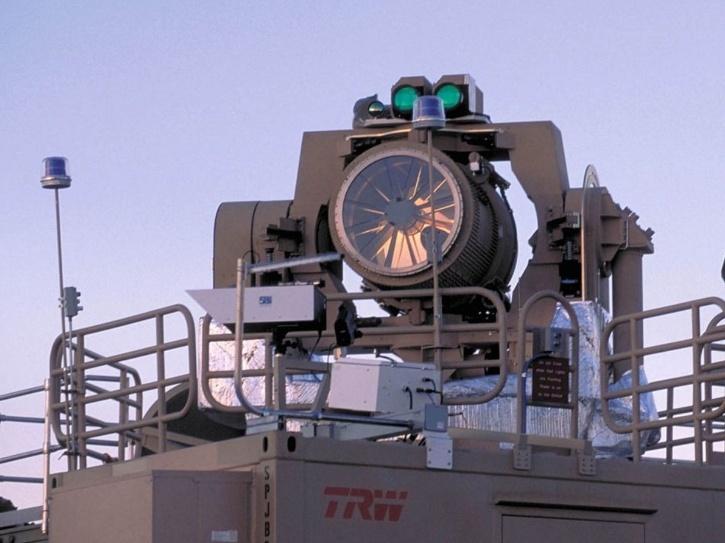
Notably, the LSTC has achieved a significant milestone with the development of a 25KW laser capable of targeting ballistic missiles up to 5 km away during their terminal phase. Efforts are underway to extend this range to 100 km or more, underscoring the ongoing advancements in laser weapon technology.
Despite progress, challenges remain, particularly in providing sufficient power to sustain high-energy laser systems. However, with continued innovation and investment, the prospect of operational laser weapon systems could soon become a reality, reshaping the landscape of global military capabilities.

